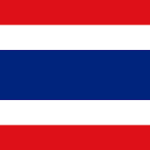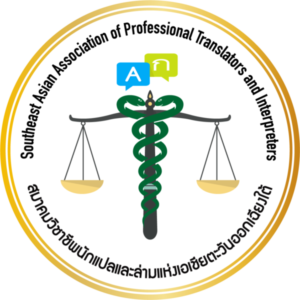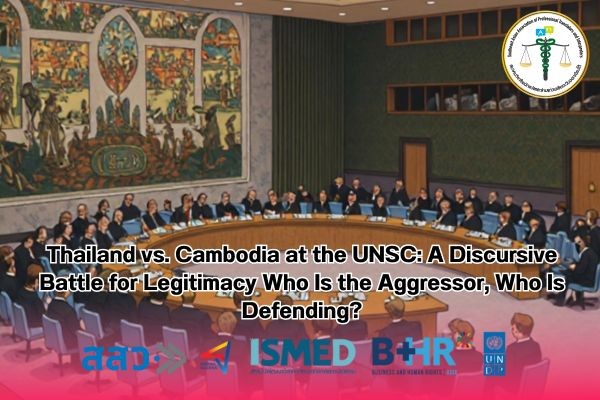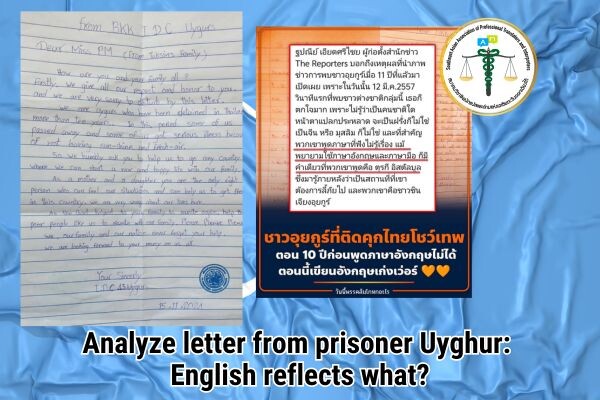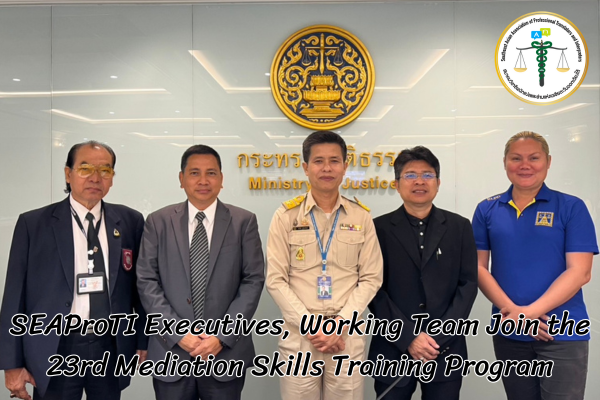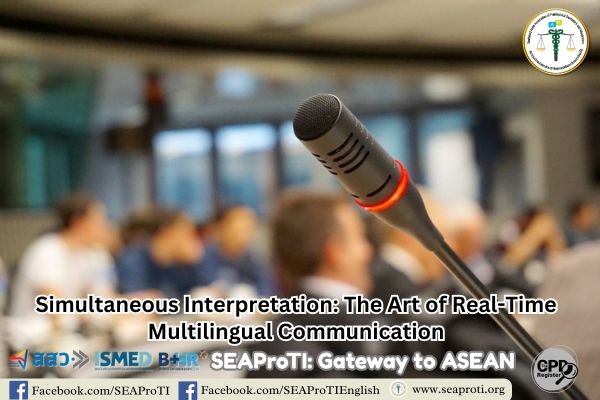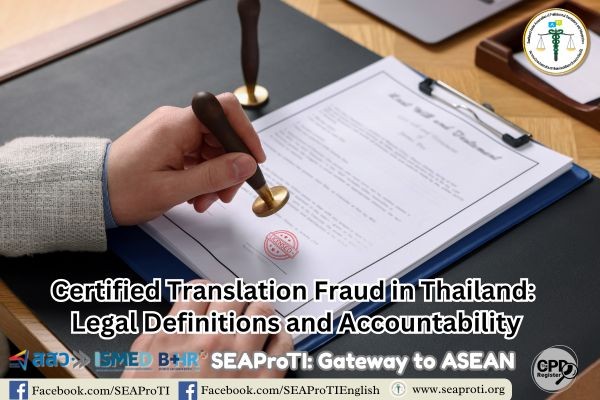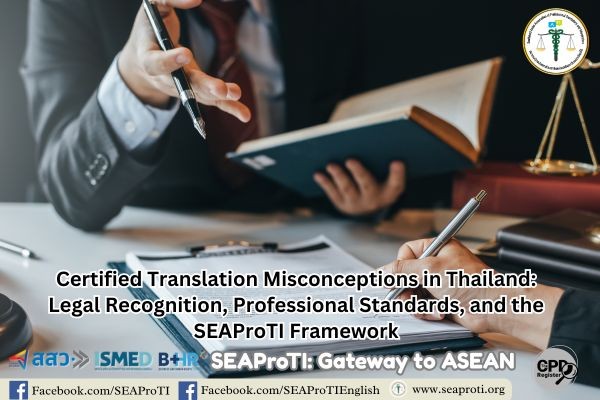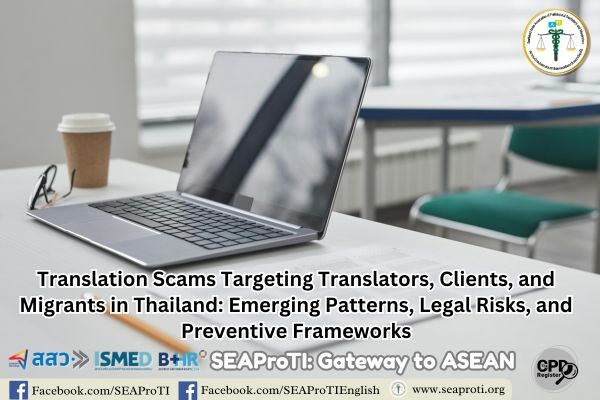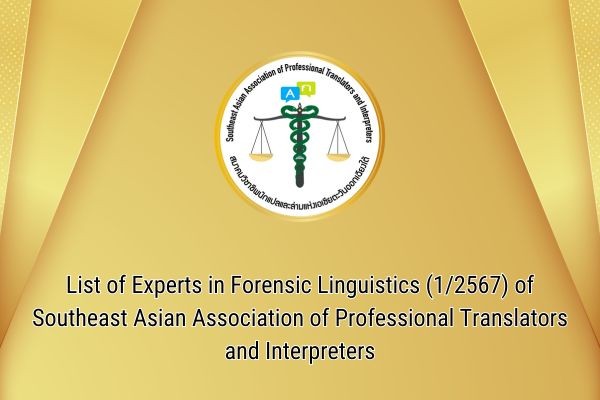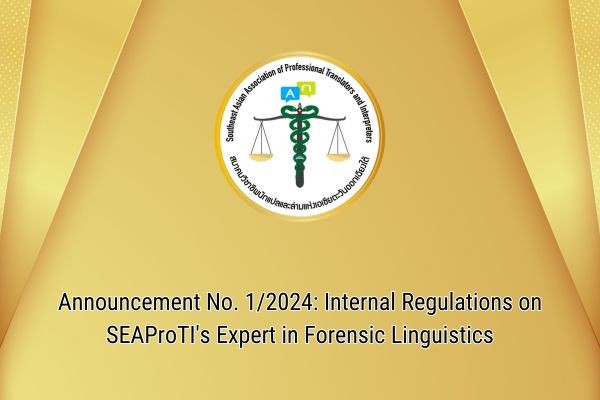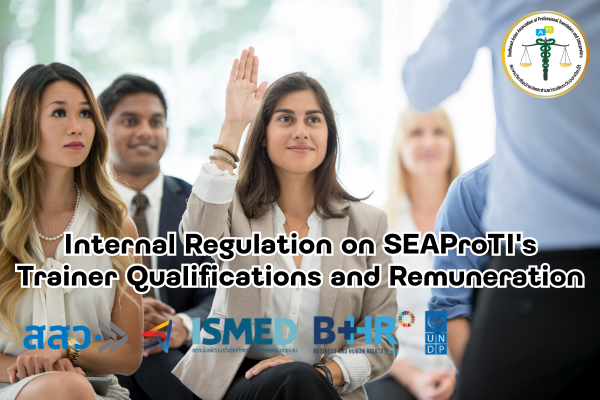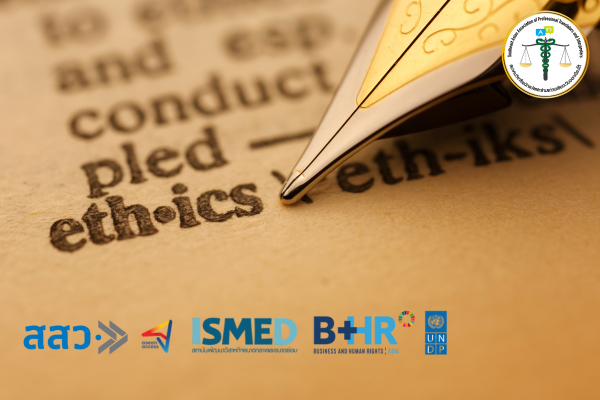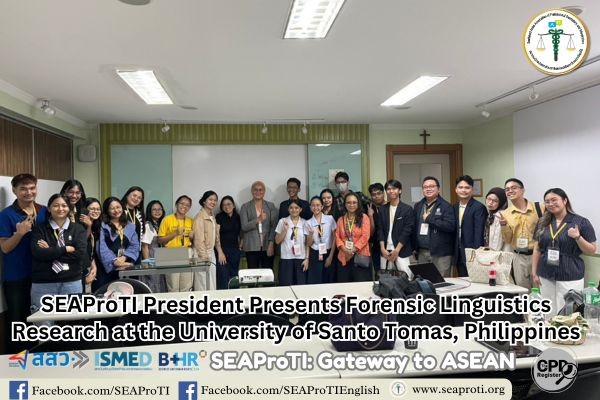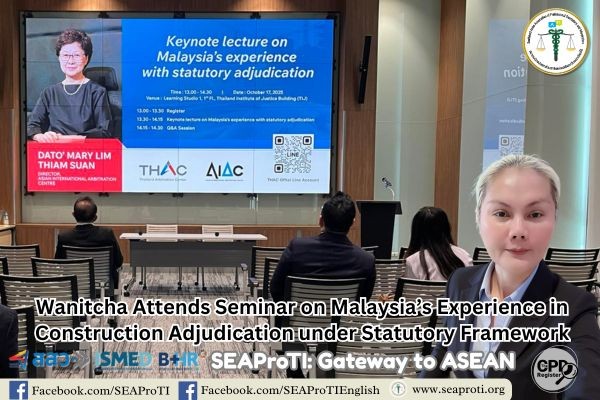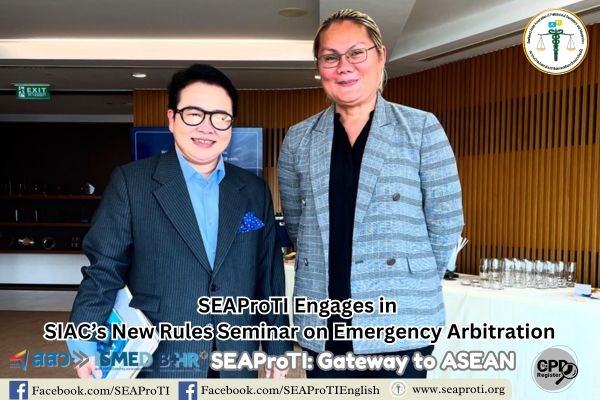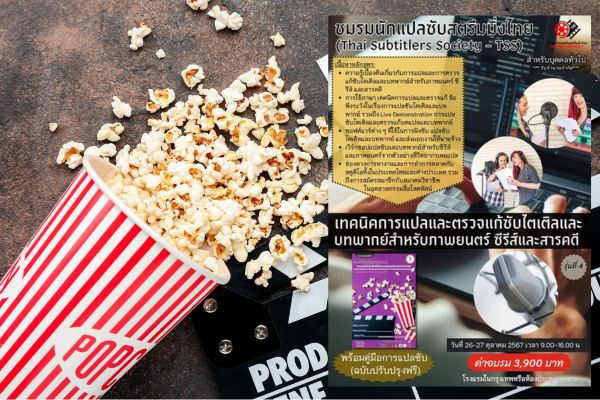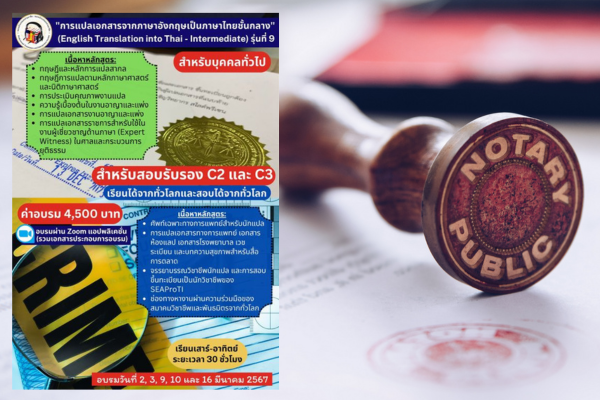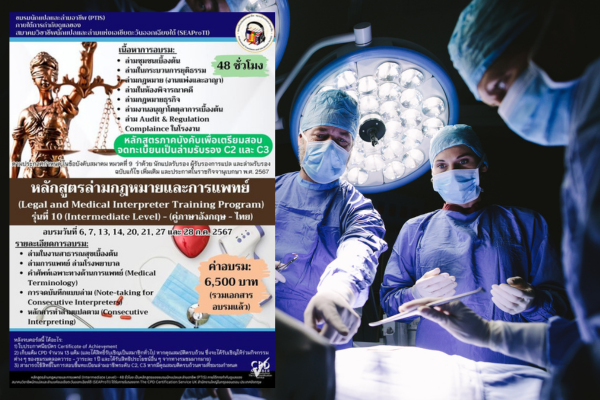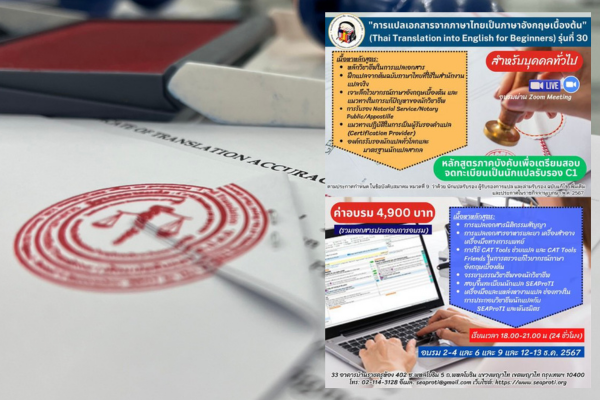Thailand vs. Cambodia at the UNSC: A Discursive Battle for Legitimacy
Who Is the Aggressor, Who Is Defending?
By Wanitcha Sumanat, President, Southeast Asian Association of Professional Translators and Interpreters (SEAProTI)
26 July 2025, Bangkok – On 25 July 2025, Cambodia and Thailand presented sharply contrasting statements before the United Nations Security Council (UNSC), revealing major discrepancies in factual accounts, accusations, legal frameworks invoked, and demands for international intervention. A comparative analysis is as follows:
🟨 Shared Ground
| Issue | Summary |
|---|---|
| ⚖️ Invocation of UN Charter | Both sides invoked Article 51 of the UN Charter to justify their respective rights of self-defense. |
| 🌍 ASEAN Framework | Both referenced ASEAN principles, particularly non-aggression and respect for sovereignty. |
| 📍 May 28 Incident | Both cited the border clash on 28 May 2025 near Mom Bei but presented contradictory accounts. |
| 🤝 Commitment to Dialogue | Each side claimed to support peaceful negotiation, although accusing the other of avoiding talks. |
🟥 Key Differences
| Issue | Cambodia’s Position | Thailand’s Position |
|---|---|---|
| 🪖 Initiator of Violence | Accused Thailand of launching a premeditated, unprovoked attack starting 24 July. | Claimed Cambodia initiated fire on 28 May without provocation. |
| 🧨 Weapons and Targets | Alleged Thai use of F-16s, cluster munitions targeting temples, heritage sites, and civilians. | Accused Cambodia of laying new landmines and indiscriminate attacks on four Thai provinces. |
| 🏛️ Preah Vihear Temple | Asserted damage to temple vicinity; accused Thailand of violating the 1954 Hague Convention. | Denied any combat near the temple, calling Cambodia’s claim “false and misleading.” |
| 📜 Maps and Treaties | Reaffirmed the 1:200,000 map accepted by ICJ (1962 and 2013 rulings) and the 1904/1907 treaties. | Rejected Cambodia’s unilateral map; emphasized the need for bilateral boundary negotiations. |
| 🚨 Demands to UNSC | Called for immediate ceasefire resolution, deployment of observers, and referral to the ICJ. | Urged Cambodia to cease aggression and return to good-faith bilateral dialogue. |
| 🔥 Casualties | Reported: 13 killed (5 soldiers, 8 civilians), 71 injured, 37,000 displaced. | Reported: 14 killed (4 children), 46 injured (13 critically), 130,000 displaced. |
| 💣 Landmine Issue | Not mentioned. | Accused Cambodia of violating the APMBC by redeploying antipersonnel landmines on Thai soil. |
🔵 Discursive Frames and Narrative Objectives
| Country | Dominant Discourse | Strategic Aim |
|---|---|---|
| 🇰🇭 Cambodia | “Thailand is the aggressor” / “Self-defense under international law” / “Appeal to global justice” | To establish moral and legal legitimacy internationally and push for third-party arbitration via ICJ. |
| 🇹🇭 Thailand | “Cambodia provoked violence” / “Limited self-defense” / “Respect for sovereignty and peace” | To frame itself as a restrained victim acting within international law and discourage external intervention. |
✍️ Critical Observations
-
Both nations deploy discourses of legitimacy, portraying the other as the initial violator of international law.
-
Cambodia focuses on heritage and civilian damage, invoking emotional and legal appeals, while Thailand emphasizes civilian casualties, especially children, and humanitarian violations.
-
Cambodia welcomes the ASEAN ceasefire proposal and reaffirms support publicly at the UNSC; Thailand withholds commitment, citing security concerns.
-
Thailand’s firm denial of combat near Preah Vihear Temple likely reflects concern about implications from prior ICJ rulings (1962 and 2013).
📚 References
- United Nations. (1945). Charter of the United Nations. https://www.un.org/en/about-us/un-charter
- International Court of Justice. (1962). Temple of Preah Vihear (Cambodia v. Thailand), Judgment of 15 June 1962.
- International Court of Justice. (2013). Interpretation of the Judgment of 15 June 1962 in the Case concerning the Temple of Preah Vihear.
- United Nations Security Council. (2025, July 25). Statements by the Permanent Representatives of Cambodia and Thailand.
- Hague Convention for the Protection of Cultural Property in the Event of Armed Conflict. (1954).
- Anti-Personnel Mine Ban Convention (Ottawa Convention). (1997).
SEAProTI’s certified translators, translation certification providers, and certified interpreters:
The Southeast Asian Association of Professional Translators and Interpreters (SEAProTI) has officially announced the criteria and qualifications for individuals to register as “Certified Translators,” “Translation Certification Providers,” and “Certified Interpreters” under the association’s regulations. These guidelines are detailed in Sections 9 and 10 of the Royal Thai Government Gazette, issued by the Secretariat of the Cabinet under the Office of the Prime Minister of the Kingdom of Thailand, dated July 25, 2024, Volume 141, Part 66 Ng, Page 100. The Royal Thai Government Gazette
ไทย–กัมพูชา บนเวที UNSC: ศึกวาทกรรมแห่งความชอบธรรม ใครคือผู้รุกราน ใครคือผู้ปกป้อง
โดย วณิชชา สุมานัส นายกสมาคมวิชาชีพนักแปลและล่ามแห่งเอเชียตะวันออกเฉียงใต้
26 กรกฎาคม 2568, กรุงเทพมหานคร – ถ้อยแถลงของ กัมพูชา และ ไทย ต่อที่ประชุมคณะมนตรีความมั่นคงแห่งสหประชาชาติ เมื่อวันที่ 25 กรกฎาคม 2568 แสดงจุดยืนที่แตกต่างกันโดยสิ้นเชิง ทั้งในแง่ ข้อเท็จจริง, การกล่าวหา, กรอบกฎหมายที่ใช้อ้าง, และ ข้อเรียกร้องต่อที่ประชุม ดังนี้:
🟨 จุดที่เหมือนกัน
| ประเด็น | รายละเอียด |
|---|---|
| ⚖️ การอ้างกฎบัตรสหประชาชาติ | ทั้งสองฝ่ายต่างอ้างมาตรา 51 ของกฎบัตรสหประชาชาติ เพื่ออธิบายสิทธิในการป้องกันตนเอง |
| 🌍 กรอบอาเซียน | ต่างฝ่ายกล่าวอ้างหลักการของอาเซียน เช่น การไม่ใช้กำลังและการเคารพอธิปไตย |
| 📍 การอ้างเหตุการณ์ 28 พ.ค. 2568 | ทั้งสองฝ่ายพูดถึงการปะทะกันครั้งแรกบริเวณมอมเบย แต่ให้ข้อเท็จจริงตรงกันข้าม |
| 🤝 กล่าวถึงการส่งเสริมการเจรจา | ทั้งสองฝ่ายกล่าวถึงความพยายามในการใช้ช่องทางสันติวิธี แม้จะมีข้อกล่าวหากันว่าอีกฝ่ายหลีกเลี่ยงการเจรจา |
🟥 จุดที่แตกต่างกัน
| ประเด็น | กัมพูชา | ไทย |
|---|---|---|
| 🪖 ผู้เริ่มใช้ความรุนแรง | กล่าวหาว่าไทยเริ่มปฏิบัติการโจมตีโดยไม่มีการยั่วยุ ตั้งแต่ 24 ก.ค. และวางแผนล่วงหน้า | กล่าวหาว่ากัมพูชาเริ่มยิงก่อนเมื่อ 28 พ.ค. และโจมตีโดยไม่มีการยั่วยุ |
| 🧨 อาวุธและเป้าหมาย | กล่าวหาว่าไทยใช้อาวุธหนัก F-16, ระเบิดพวง โจมตีวัด, โบราณสถาน, พลเรือน | กล่าวหาว่ากัมพูชาใช้ระเบิดสังหาร ทุ่นระเบิดใหม่ โจมตีพื้นที่ 4 จังหวัด โดยไม่เลือกเป้าหมาย |
| 🏛️ การกล่าวถึงปราสาทพระวิหาร | ยืนยันว่าไทยโจมตีใกล้พื้นที่ปราสาท ทำให้วัดใกล้เคียงเสียหาย และละเมิดอนุสัญญาเฮก | ปฏิเสธอย่างเด็ดขาดว่าไม่มีการปะทะใกล้พื้นที่ดังกล่าว และระบุว่าข้อกล่าวหา “บิดเบือน” |
| 📜 การอ้างเอกสารและแผนที่ | ยืนยันแผนที่ 1:200,000 ตามสนธิสัญญา 1904/1907 และคำพิพากษา ICJ ปี 2505/2556 | ปฏิเสธการยอมรับแผนที่ดังกล่าว โดยอ้างว่าเป็นเพียงฝ่ายเดียวจัดทำ |
| 🚨 ข้อเรียกร้องต่อ UNSC | เรียกร้องให้มีมติหยุดยิง, ส่งผู้สังเกตการณ์, และส่งเรื่องเข้าสู่ศาลยุติธรรมระหว่างประเทศ (ICJ) | เรียกร้องให้กัมพูชายุติการรุกรานและกลับเข้าสู่การเจรจาทวิภาคีอย่างจริงใจ |
| 🔥 จำนวนความสูญเสีย | รายงานผู้เสียชีวิต 13 ราย (5 ทหาร 8 พลเรือน), บาดเจ็บ 71 ราย, อพยพ 37,000 คน | รายงานเสียชีวิต 14 ราย (4 เด็ก), บาดเจ็บ 46 ราย (13 สาหัส), อพยพ 130,000 คน |
| 💣 ประเด็นทุ่นระเบิด | ไม่กล่าวถึงทุ่นระเบิด | กล่าวหาว่ากัมพูชาละเมิดอนุสัญญา APMBC โดยนำทุ่นระเบิดไปฝังใหม่ในไทย |
🔵 กรอบแนวคิดและวาทกรรมหลัก
| ประเทศ | วาทกรรมหลัก | เป้าหมายเชิงวาทกรรม |
|---|---|---|
| 🇰🇭 กัมพูชา | “ไทยคือผู้รุกราน” / “ปกป้องตนเองตามกฎหมาย” / “ร้องขอความยุติธรรมจากประชาคมโลก” | สร้างภาพลักษณ์ความชอบธรรมในเวทีระหว่างประเทศ และเปิดทางให้มีการแทรกแซงโดยกลไกสากล เช่น ICJ |
| 🇹🇭 ไทย | “กัมพูชาเป็นฝ่ายยั่วยุ” / “ไทยใช้สิทธิ์ป้องกันตัวอย่างจำกัด” / “ไทยเคารพอธิปไตยและต้องการสันติภาพ” | เน้นภาพลักษณ์ของประเทศที่อดทนแต่ถูกกระทำก่อน พยายามรักษาความชอบธรรมผ่านกรอบกฎหมายระหว่างประเทศ |
✍️ ข้อสังเกตเชิงวิพากษ์
- ทั้งสองฝ่ายต่างใช้ วาทกรรมแห่งความชอบธรรม และพยายามสร้างภาพว่าอีกฝ่ายละเมิดกฎหมายระหว่างประเทศก่อน
- กัมพูชาเน้นย้ำ ความเสียหายเชิงมรดกโลกและพลเรือน ส่วนไทยเน้น ความโหดร้ายต่อเด็กและพลเรือน
- ไทย ไม่ขานรับข้อเสนอหยุดยิงของอาเซียนทันที ต่างจากกัมพูชาที่สนับสนุนต่อหน้าเวที UNSC
- การที่ไทย ปฏิเสธการปะทะใกล้ปราสาทพระวิหาร ชี้ให้เห็นถึงความหวั่นเกรงผลกระทบจากคำพิพากษา ICJ ก่อนหน้า
เกี่ยวกับนักแปลรับรอง ผู้รับรองการแปล และล่ามรับรองของสมาคมวิชาชีพนักแปลและล่ามแห่งเอเชียตะวันออกเฉียงใต้
สมาคมวิชาชีพนักแปลและล่ามแห่งเอเชียตะวันออกเฉียงใต้ (SEAProTI) ได้ประกาศหลักเกณฑ์และคุณสมบัติผู้ที่ขึ้นทะเบียนเป็น “นักแปลรับรอง (Certified Translators) และผู้รับรองการแปล (Translation Certification Providers) และล่ามรับรอง (Certified Interpreters)” ของสมาคม หมวดที่ 9 และหมวดที่ 10 ในราชกิจจานุเบกษา ของสำนักเลขาธิการคณะรัฐมนตรี ในสำนักนายกรัฐมนตรี แห่งราชอาณาจักรไทย ลงวันที่ 25 ก.ค. 2567 เล่มที่ 141 ตอนที่ 66 ง หน้า 100 อ่านฉบับเต็มได้ที่: นักแปลรับรอง ผู้รับรองการแปล และล่ามรับรอง
